Witches and
Warlocks
of Massachusetts
Legends, Victims,
and Sinister Spellcasters
PETER MUISE

Guilford, Connecticut

An imprint of The Rowman & Littlefield Publishing Group, Inc.
4501 Forbes Blvd., Ste. 200
Lanham, MD 20706
www.rowman.com
Distributed by NATIONAL BOOK NETWORK
Copyright 2021 Peter Muise
All rights reserved. No part of this book may be reproduced in any form or by any electronic or mechanical means, including information storage and retrieval systems, without written permission from the publisher, except by a reviewer who may quote passages in a review.
British Library Cataloguing in Publication Information available
Library of Congress Cataloging-in-Publication Data available
ISBN 978-1-4930-6024-5 (paper: alk. paper)
ISBN 978-1-4930-6025-2 (electronic)
 The paper used in this publication meets the minimum requirements of American National Standard for Information SciencesPermanence of Paper for Printed Library Materials, ANSI/NISO Z39.48-1992.
The paper used in this publication meets the minimum requirements of American National Standard for Information SciencesPermanence of Paper for Printed Library Materials, ANSI/NISO Z39.48-1992.
Contents
B ack when I was just a small boy, an eccentric elderly woman lived up the street from my family in Haverhill, Massachusetts. It was the early 1970s. Mrs. D., as Ill call her, lived in an old rundown house. The windows were always dirty, the blinds were always down, and the grass in her front yard grew waist high. An old station wagon from the 1950s was parked in the driveway. She never drove it anywhere (all its tires were flat) and it was filled with newspapers. Strangest of all, she had many, many cats. Someone, I dont remember who, said she might be a witch. I always walked by Mrs. D.s house with trepidation after that. She later added another animal to her menagerie: a large black dog with no hair on its back. Who else but a witch would own a dog like that? I thought.
I did not know it at the time, but I was participating in a very old Massachusetts tradition: accusing the local eccentric of being a witch. Looking back, I can see that Mrs. D. was at worst mentally ill, and at best just did not care what anyone thought about her. She certainly was not an agent of the supernatural. Still, she was not the only thing in the neighborhood labeled with the word witch. There was also a large, distinct-looking Victorian home a few blocks away that people sometimes referred to as the Witch House. It sat on an embankment high above the sidewalk and was in a state of perpetual disrepair. Occasionally, some new owners would buy the Witch House and try to fix it up, but it would always return to its natural state of decay. No one ever explicitly said a witch lived there, but it certainly looked like one might.
Witches have been part of Massachusettss culture for nearly four hundred years. It began in the 1600s, when English Puritans colonized Massachusetts. Many of the colonists came from East Anglia, a region in England where that countrys largest and deadliest witch hunts occurred. So perhaps its not surprising that Massachusetts would be the site of North Americas deadliest witch hunt. Most readers are familiar with the Salem witch trials. They were not a unique event but are just the most famous of many witchcraft cases in 17th-century Massachusetts. Witch stories from this era are dark and scary, full of possessed children, devilish encounters in the woods, and dangerous magic. For modern readers like you and me, these stories are a source of spooky entertainment, but the Puritans were very serious about witchcraft, believing it posed a deadly threat to their colony. The 1641 Massachusetts legal code included this law: If any man or woman be a witch.... They shall be put to death. To be very clear, there were no real witches in 17th-century Massachusetts, but many innocent people were executed by the Puritans under the mistaken assumption there were.
Witches slowly entered the realm of folklore in the 18th and 19th century. As people in Massachusetts became more educated, and the state industrialized, witches were taken less seriously. The old Puritan beliefs lost their hold. Some folks might have still believed in witches, but there were no more trials and witchcraft mostly became the subject of fireside tales told on dark nights. Stories from this era tell of curses, animal transformations, and ways to fight off witches. Many town histories written at this time contain descriptions of the towns local witch and their nefarious deeds, although they are usually described as the erroneous beliefs of a less enlightened past. These old town histories are a valuable source for witch stories and I used many of them writing this book.
Even today, residents of Massachusetts still tell stories about witches. Some remember the old stories from the past, while others tell urban legends about places haunted by ghostly witches or the restless spirits of those wrongly executed in the 1600s. Paranormal investigators try to hear the voices of the dead, and teenagers travel to desolate roads hoping to glimpse something strange. Witches continue to haunt our imaginations almost four hundred years after the first colonists arrived in Massachusetts.
Just a note about the word witch. In the 1600s it was applied to both women and men. A witch could be any gender, although sometimes male witches might be called wizard, conjuror, or warlock as well as witch. I use witch in the same way, to refer to both men and women. Also, the word witch has definitions in the 21st century that it didnt have in the past. There are now people who practice witchcraft as a religion (like Wiccans), or who call themselves witches because they use things like Tarot cards, herbs, and crystals. For the most part, Im not writing about those groups. Im using witch in the classic sense of the word: someone who is believed to harm others through supernatural methods.
So be warned! The legends and historical accounts in this book are mostly about scary witches, but I think youll find them interesting and maybe even a little magical as well.
B oston today is a city known for its world-class universities, cutting-edge tech companies, and excellent hospitals. It was quite different in 1630, when it was founded as a small Puritan settlement on the edge of a continent largely unexplored by Europeans. At that time, the citys Puritan leaders wanted to establish Gods kingdom on Earth (although it looked more like an intolerant Puritan theocracy to outsiders). They believed the Devil was working actively to thwart their plans, sometimes through witches, who were his minions. The average citizen of Boston did not necessarily believe witches were agents of the Devil, but still thought some of their neighbors might be attacking them with evil magic. As a result, five innocent women were executed in Boston during the 16th century under the mistaken assumption they were witches, and legends about witches were told in Boston for centuries afterward. There were also some notable cases of alleged demonic possession in the city during that time.
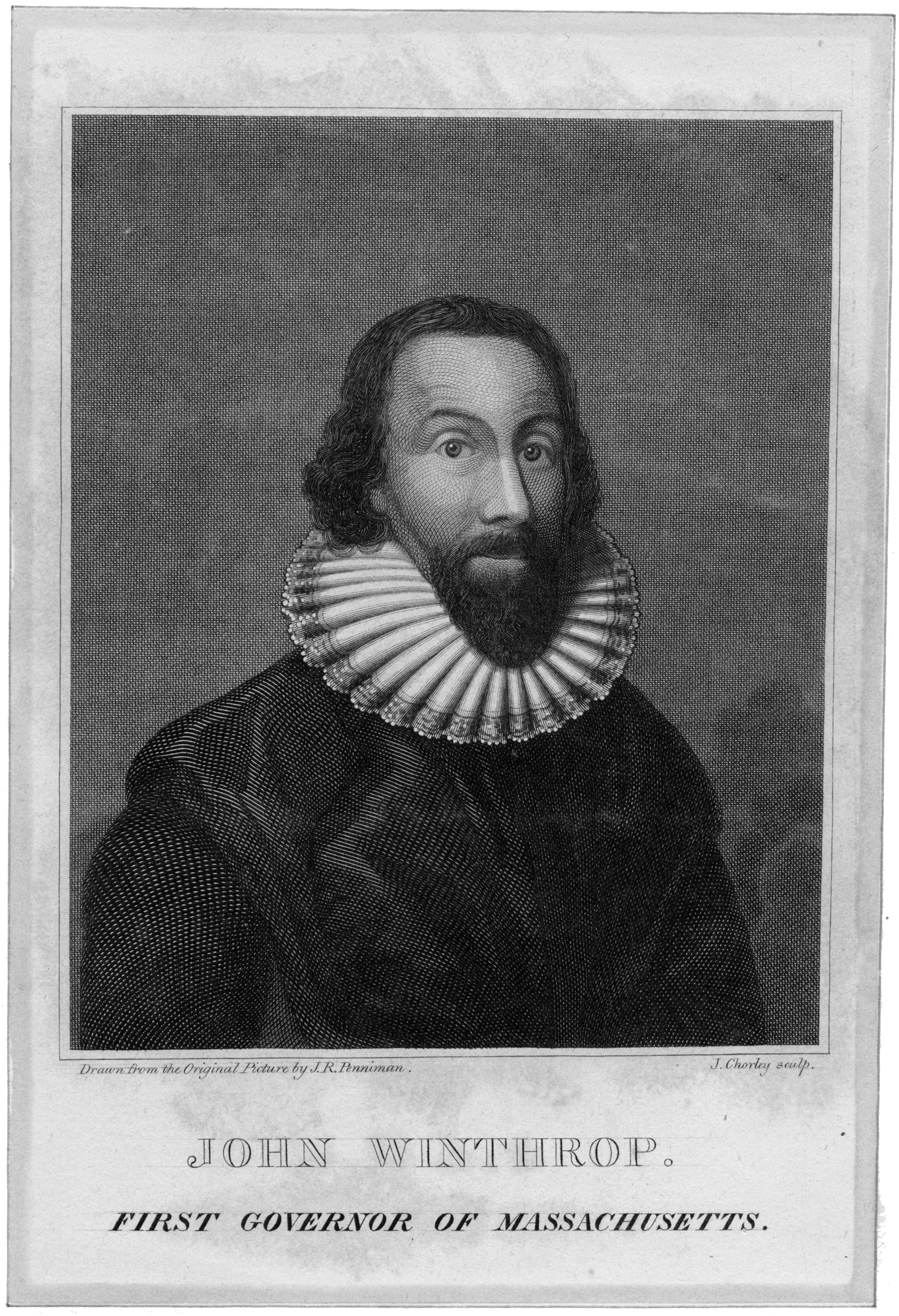
Governor John Winthrop (15881649). Credit: The Miriam and Ira D. Wallach Division of Art Prints and Photographs: Print Collection, The New York Public Library (1825). John Winthrop, First Governor of Massachusetts .

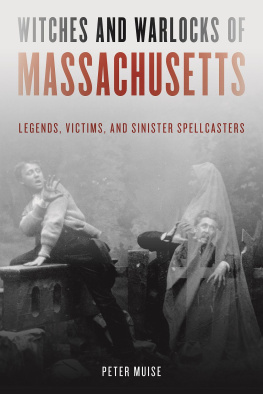
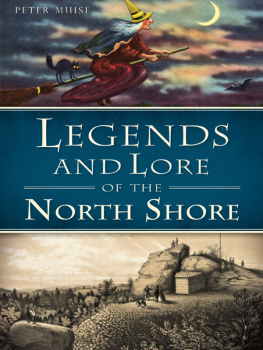

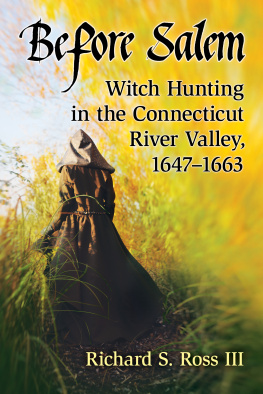
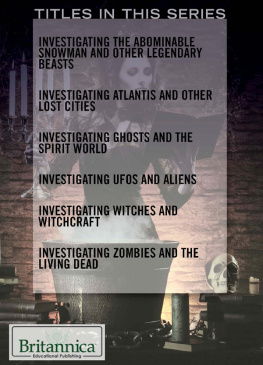
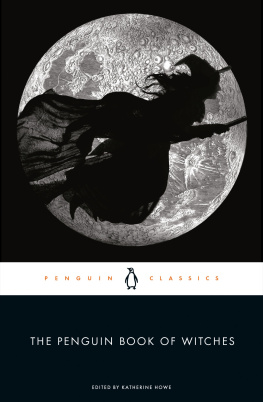

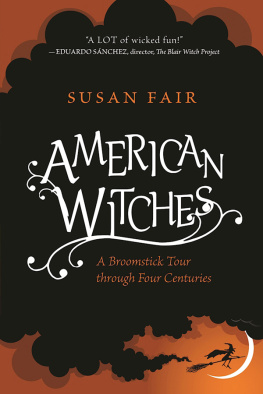

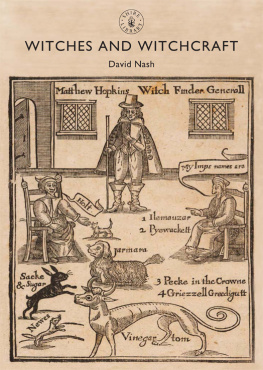
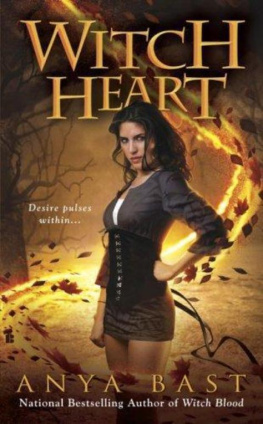
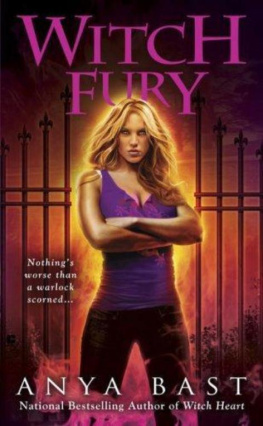
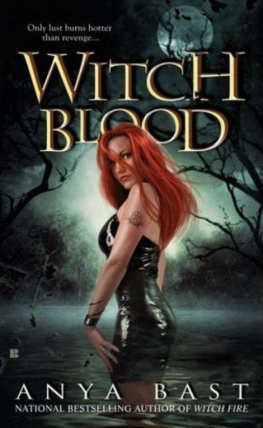


 The paper used in this publication meets the minimum requirements of American National Standard for Information SciencesPermanence of Paper for Printed Library Materials, ANSI/NISO Z39.48-1992.
The paper used in this publication meets the minimum requirements of American National Standard for Information SciencesPermanence of Paper for Printed Library Materials, ANSI/NISO Z39.48-1992.